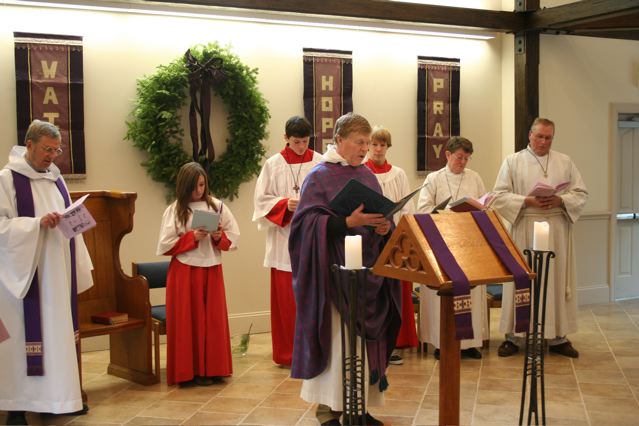Our new vicar – Rev. David Ferner – has been gracing us with some wonderful poetry. Â The following are two pieces with direct reference to the Trinity were part of our celebration of Trinity Sunday this past week!
Trinity Is A Poem – Michael Coffey
(from his blog – http://www.ocotillopub.org/search?q=Trinity)
Trinity is a poem uttered free verse as cosmic love gift
sending sound waves through earth to hurl speech
into the ionosphere stirring radio waves to hum
Trinity is a synchronistic dream we and God have
nightly about the interface of human and divine
the matrix of connections between holy and common
Trinity is a syncopated counterpoint of melody lines
referencing each other and making music as sonorous
as whales and pulsars and seismic waves all held in tension
then someone inscribed the free utterance in indelible ink
and someone analyzed the shared dream with Freudian precision
and someone forced the messy melodies smooth in straight time
behold: just when they think they finished the job and
brush the dust of such work off their hands and rest
Trinity dances out the door and finds willing partners to twirl
Trinity Sunday by Malcolm Guite
In the Beginning, not in time or space,
But in the quick before both space and time,
In Life, in Love, in co-inherent Grace,
In three in one and one in three, in rhyme,
In music, in the whole creation story,
In His own image, His imagination,
The Triune Poet makes us for His glory,
And makes us each the other’s inspiration.
He calls us out of darkness, chaos, chance,
To improvise a music of our own,
To sing the chord that calls us to the dance,
Three notes resounding from a single tone,
To sing the End in whom we all begin;
Our God beyond, beside us and within.


